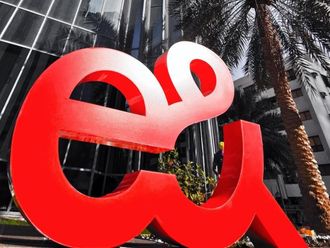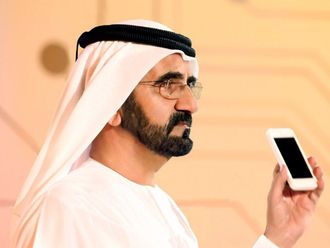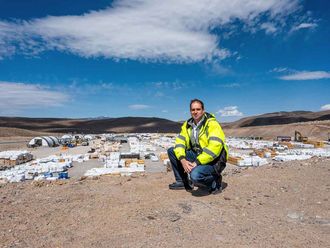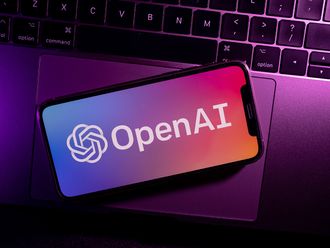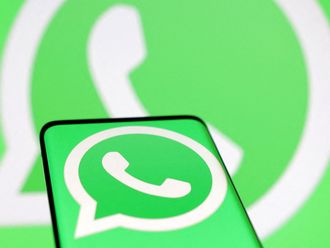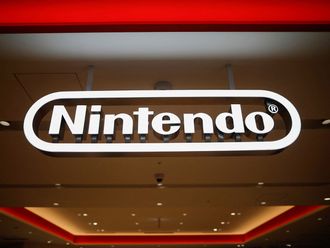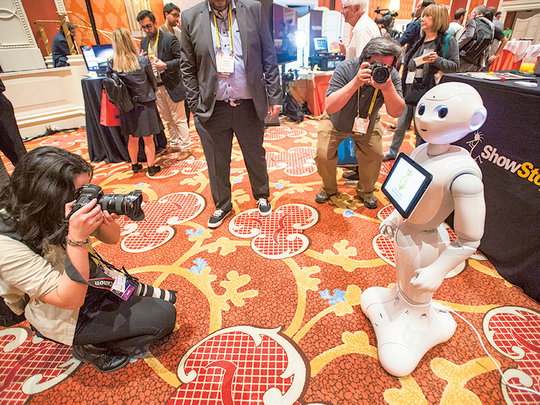
Las Vegas: Richard Yu, CEO of Huawei’s consumer business group, said that the company hopes to go from its current number three position to number two smartphone manufacturer within a year or two.
During his keynote speech at CES 2017, he said that the company never hides its ambitions.
“We have the vision to make the world’s best smartphone, and smartphones which incorporate in-depth abilities in artificial intelligence (AI) might be considered intelligent phones.”
“Such devices may incorporate computer vision, robotics, air sensors, taste sensors, local decision-making and smart touch to communicate with the world around it. These AI-based devices provide a connection between the digital world and the physical world,” he said.
Huawei, the number three manufacturer in volume after Samsung and Apple, needs to innovate more than the top two players to achieve this goal.
As smartphone manufacturers continue to develop the internet of things, he said that such intelligent phones may become an even more integral part of how mobile devices are used as a hub for connectivity between several other smart devices.
With this in mind, Huawei has teamed up with Google’s Daydream virtual reality project and Amazon’s Alexa voice service.
Huawei also announced that its Mate 9 phone will be available in the US for $599 (Dh2,200) and will have Alexa voice service.
Existing Mate 9 owners will be able to access the service via an over-the-air update by end of first quarter.
During his speech, he took aim at Apple several times and said that Mate 9 is thinner than the iPhone 7, has a longer battery life and faster charging time. Huawei was also the first phone to sport dual cameras like the iPhone 7.
Amit Singh, a lead of business and operations at Google’s VR/AR team, officially announced that Huawei Mate 9 Pro and Mate 9 Porsche Design will be the next phones to have a Daydream VR platform.
The current Daydream-compatible phones are Google Pixel and Pixel XL, Moto Z and Z Droid, Asus ZenFone AR, and ZTE Axon 7.
Singh said that Google is working to bring the platform’s AR capabilities [Tango] to future Huawei devices.
“What we found is building smartphones for VR is a lot of work. It requires a close partnership deep at the engineering level to design the right optics, display technologies, sensors,” said Singh. “We’ve actually worked very closely with Huawei to optimise performance on the Kirin chip set. It’s really an industry-leading chip which I think will bring choice to consumers and give us really immersive computing, which is especially more than VR.”
He said that Google is working very closely with Huawei, just like in VR, to bring augmented reality to Huawei’s line-up using Tango technology for motion tracking, AI learning and depth perception.
Huawei has also created their own Daydream VR headset based on the Daydream View reference design.
Executives from both Google and Amazon said that there is even more to come in partnership with Huawei, including a Google augmented reality feature and more Alexa features.
Yu said that Huawei is also aiming to be the world’s biggest spender in research and development in the next couple of years as Huawei is pouring resources into its own chips, machine learning and artificial intelligence, to conserve power and keep the Android platform from slowing down over time.
Huawei spent $9.2 billion on R&D in 2016 and $38 billion for the last 10 years.
“Our company is a different management style than other companies. We call it collective wisdom. We are not only diligent but we are also flexible,” he said.


